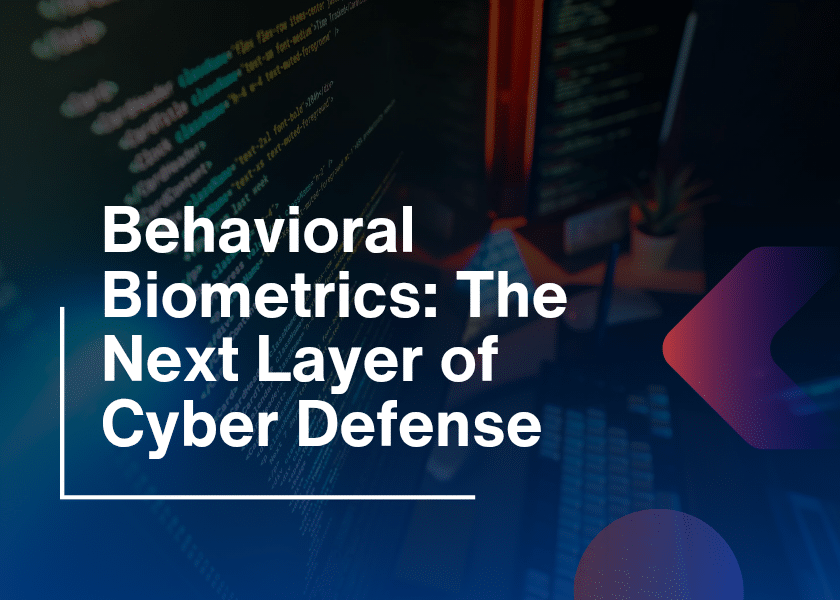Embarking on the journey of cybersecurity excellence requires a meticulous and strategic approach. In the PDCA (Plan-Do-Check-Act) cycle, the first phase, PLAN, serves as the bedrock for crafting a robust cybersecurity strategy. This exploration delves into the intricacies of PLAN, illuminating its significance, key components, and the transformative impact it has on fortifying organizations against evolving cyber threats.
Understanding the Essence of PLAN in Cybersecurity
Risk Assessment and Analysis
- At the core of the PLAN phase is a comprehensive risk assessment and analysis. Organizations delve into understanding their unique risk landscape, identifying potential threats, vulnerabilities, and the potential impact of security incidents. This strategic analysis lays the groundwork for informed decision-making in subsequent phases.
Goal Setting and Objective Definition
- PLAN involves setting clear goals and defining cybersecurity objectives. These objectives align with the organization’s overall mission and take into account the insights gained from the risk assessment. Clarity in goals ensures that cybersecurity efforts are purposeful and directly contribute to the organization’s resilience.
Resource Identification and Allocation
- Identifying the necessary resources and strategically allocating them is a key component of PLAN. This includes human resources, technology, and budget considerations. By carefully aligning resources with defined cybersecurity objectives, organizations optimize their capabilities for effective risk mitigation.
Strategic Roadmap Development
- The PLAN phase culminates in the development of a strategic roadmap. This roadmap outlines the specific actions, initiatives, and projects required to achieve cybersecurity goals. It serves as a guiding document, providing a clear path for implementation and ensuring a cohesive and structured approach to cybersecurity.
Strategies for Effective PLAN Implementation
Engaging Stakeholders
- Engaging key stakeholders is critical in the PLAN phase. Input from various departments and levels within the organization ensures a holistic understanding of cybersecurity needs. Collaborative planning fosters a sense of ownership and commitment to the cybersecurity strategy.
Scenario Planning for Contingencies
- PLAN involves anticipating contingencies and developing scenarios for various cybersecurity threats. This proactive approach allows organizations to plan for effective incident response and ensures that the cybersecurity strategy is adaptive to different scenarios.
Alignment with Regulatory Requirements
- Cybersecurity plans must align with regulatory requirements and industry standards. In the PLAN phase, organizations assess the regulatory landscape applicable to their operations and integrate compliance considerations into their strategic roadmap.
Regular Review and Adjustment
- The PLAN phase is not static; it requires regular review and adjustment. As the threat landscape evolves and organizational priorities shift, continuous assessment ensures that the cybersecurity strategy remains agile and responsive to dynamic challenges.
Transformative Impact of Strategic PLAN in Cybersecurity
Informed Decision-Making
- A strategic PLAN phase equips organizations with the information needed for informed decision-making. Leaders can make strategic choices based on a comprehensive understanding of risks, goals, and available resources, ensuring that cybersecurity efforts align with broader business objectives.
Efficient Resource Utilization
- Resource allocation becomes more efficient with a well-crafted PLAN. Organizations identify the specific resources required for cybersecurity initiatives, avoiding unnecessary expenditures and optimizing the use of human and technological assets.
Enhanced Cyber Resilience
- A carefully planned cybersecurity strategy contributes to enhanced cyber resilience. By identifying and addressing potential risks proactively, organizations build a resilient foundation capable of withstanding and recovering from cybersecurity incidents.
Strategic Alignment with Business Goals
- The transformative impact of PLAN extends to strategic alignment. A well-crafted cybersecurity plan ensures that security measures are not isolated but seamlessly integrated into broader business goals, fostering a synergistic relationship between cybersecurity and organizational success.
Conclusion: Charting the Course for Cybersecurity Excellence Through Strategic PLAN
In conclusion, the PLAN phase in the PDCA cycle is the compass that charts the course for cybersecurity excellence. By meticulously assessing risks, setting clear objectives, strategically allocating resources, and developing a cohesive roadmap, organizations lay the groundwork for a resilient and effective cybersecurity strategy. Embrace the transformative power of PLAN, and let it guide your organization toward a secure and robust digital future.






